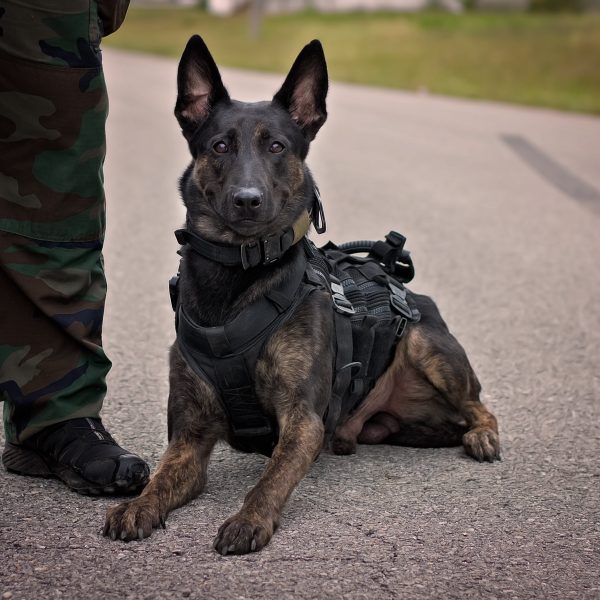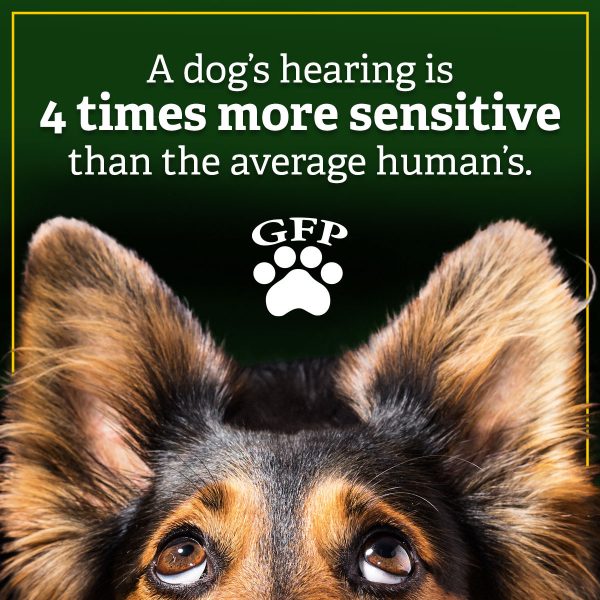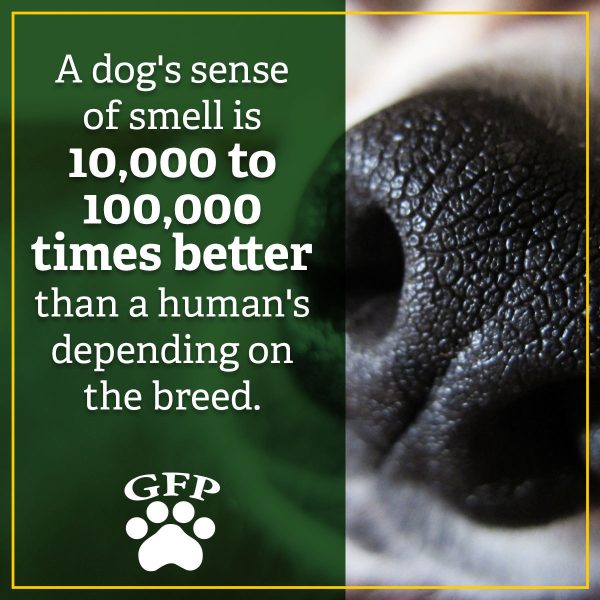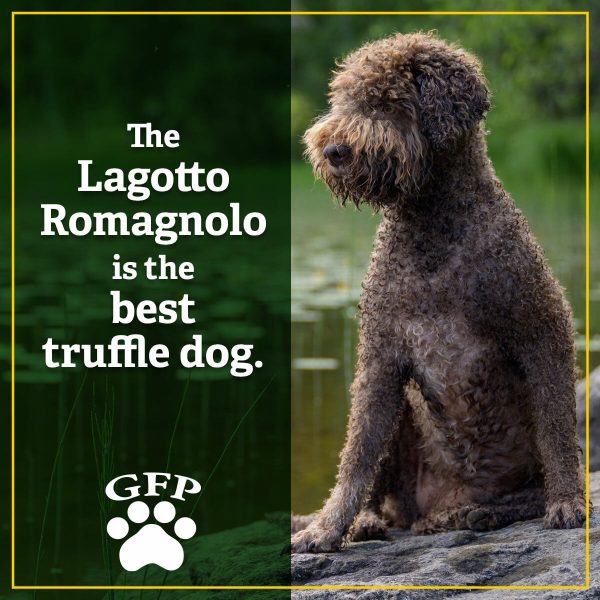Working Dogs: Canines in the Workforce

Most breeds of dogs are the way they are because they were bred to do a specific job. Even seemingly companion-only breeds, like the Bichon Frise, were bred for a purpose and served as working dogs in some capacity.
Those cute little balls of adorableness have been around prior to the 1300s when they kept sailors company on long voyages and were also used as currency. Poodles were likewise not bred just for aesthetics, but to retrieve fallen game for hunters. Bullmastiffs were used as guard dogs on estates, intimidating poachers and keeping them detained until law enforcement arrived.
These days, the “classic” dog breeds don’t often serve their original purposes. Although you can still find many working in traditional roles, many working dogs have modern dog jobs. Here are a few examples of canines in the workforce and the various jobs working dogs may hold:
1. Member of the Armed Forces
Different breeds of canines have been used in combat since the beginning of time. Many breeds even originated because they were needed for war including some of our favorite “gentle giants” like the Mastiff and the Irish Wolfhound.
Whether they were toted around for companionship or used on the front lines, there is no denying how important canines have been to soldiers in history. Canines have served alongside US soldiers in every war in the history of the nation, but were not officially recognized for their efforts until the Second World War.
Dogs are trained to detect drugs, weapons, and bombs. They may also be trained to track and attack military opponents. Currently, there are about 2,500 dogs serving in the military, with around 700 deployed at any time.
Labrador Retrievers work well as military dogs as do German Shepherds and Belgian Malinois. And, just like human soldiers, dogs can get PTSD after traumatic experiences. We see many dogs on patrol and watch in and around several U.S. military bases, and in recent years, the relationship between the dog and the soldier has evolved.
While dogs, many training in the Defense Department’s Military Working Dog Program, are still used for bomb-sniffing and search-and-rescue endeavors in combat zones, they are hardly used as simple messengers or combat weapons like in previous years.
The Military Working Dog Program still trains hundreds of dogs for military protection and detection of bombs and other harmful substances, with an estimated 2,500 dogs that are currently on duty throughout the world.
2. Guide Dogs
Thousands of pups are employed as guide dogs. Canines were first used to help blind or injured people after the First World War when many soldiers returned home with physical disabilities. Labradors, Golden Retrievers, and German Shepherds are commonly used as guide dogs. Although these are the most common breeds, there are several dog breeds that make the best service dogs and are trained to assist with a variety of things.
3. Therapy Dogs
Have you ever come home in a bad mood only to have your puppy dog turn it all around? This is a common phenomenon, so common in fact, that many dogs are employed as therapy dogs. There is a difference between service dogs, therapy dogs, and emotional support dogs. As trained therapy dogs, they may be taken to hospitals, nursing homes, classrooms, or anywhere else where people might appreciate some warm fuzzy friends.
In conjunction with their wartime service, dogs are also being used to help soldiers recover from the wounds of war – both physically and mentally. Dogs are often present at VA hospitals where soldiers are recovering from wounds that are suffered in war.
The healing power of a canine companion by your side can be unparalleled. Studies have even found that having a canine counterpart can help soldiers recover from Post Traumatic Stress Disorder, a horrible mental condition caused by the horrors of war.
4. Dog Actors
Some dogs are employed in Hollywood. Although some dogs may be a better fit for acting than others, they do go through rigorous training to become dog actors. Think about all the things you have seen dogs do in movies about dogs, other movies, TV shows, commercials, etc.
They were all trained to be able to do that on cue. There are also plenty of different dog breeds and mixed-breed dogs who have excelled on the silver screen; just think about the wide variety of dog breeds of famous dogs.
5. Sled Dogs
The hardiest snow dog breeds, with thick coats to withstand cold and snow and ice, may work as sled dogs. It takes discipline, teamwork, and lots of training for a team of dogs to pull a sled over long distances in harsh conditions. And, sled dogs don’t just exist for fun. Sure, there are competitive races they participate in, but for some remote communities, sled dogs provide a vital mode of transportation.
6. Farm Dogs
One of the traditional dog jobs that is still common in modern times is a farm dog. Farmers and ranchers across the country have dogs that help them out around the farm. Most of the time, dogs on the farm are herding and/or guarding livestock and tend to be all-purpose farm dogs.
Some of them may still help out with keeping rodents and pests under control. Although there isn’t as much need for larger farm dog breeds to pull carts to the market, some of them may still do it for fun around the farm.
7. Search-And-Rescue Dogs
Dogs are known for their superior noses and ears, so it’s no wonder that one of the dog jobs that is still common is search and rescue. Whether on the police force or with other organizations, dogs have been essential in search-and-rescue efforts.
Whether looking for a missing person or responding to an emergency or the aftermath of a natural disaster, getting “paws on the ground” as soon as possible saves lives. Some search-and-rescue dogs are also trained for certain specialties. Some serve in alpine search-and-rescue to find people after an avalanche while others are better equipped for tracking down lost hikers in the forest or navigating flood conditions.

8. Medical Detection Dogs
There are so many things dogs can smell that humans can’t. In several cases, this includes medical conditions and changes. This is why some dogs have been trained and work as medical detection dogs.
This is also one of the reasons why many service dogs are trained to proactively alert their handlers of potentially incoming reactions. Dogs can alert of low sugar, sugar crashes, or blood sugar spikes in people who have diabetes, they can sense changes that indicate an oncoming seizure, and more to help people better manage their health conditions and stay safe should something flare up.
Dogs can also work in hospitals and healthcare facility settings to facilitate diagnosis and care. A 2019 BioScentDx study found that dogs were able to detect cancer samples more than 97% of the time to assist with early and noninvasive detection. Dogs have also been shown to be able to detect and sense other diseases and changes in health, so we’ll likely see more dogs working in medical detection as we learn and study more.

9. Truffle Hunters
Although truffle hunting is often depicted as a hobby, it can be a job too, especially for dogs that are trained to do it. Although there are several dog breeds that can be used as truffle hunters, the Lagotto Romagnolo is the first dog breed to be recognized as a specialized truffle searcher. They have been bred specifically for this purpose since the late 1800s. One of the facts about the Lagotto Romagnolo is that they are considered the best truffle dogs in the world.

Working Dogs For the Win!
There is just something about a dog, the way they look at us and wag their tail when we are hurt or sad can turn tears into laughter. They are so much like us, they suffer through the same things that we do when they are with us at war.
They help us work jobs, help protect us, help us feel better, help entertain us, and more. No living creature in the world knows the meaning of bravery and loyalty like a dog and they are heroes in all they do whether they are war heroes or the heroes of our hearts.
